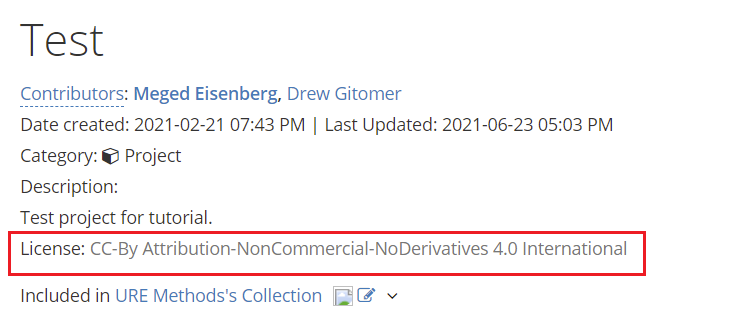Forking and Linking Projects on OSF
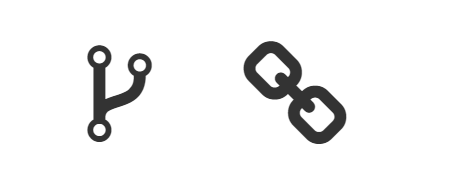
One of the main goals of the URE Repository is to support the use of previously developed research methods in new URE work. To this end, we encourage users of the Repository to take advantage of OSF’s “forking” and linking features.
When you fork a project, it creates a copy of the original – including all its components, attached files, and wiki contents – with you as the owner. The forked project will always point back to the original, allowing the intellectual contributions of the original author(s) to be acknowledged even if the forked project is modified.
- See our guidance on citing work in our Developing Your Protocol tutorial.
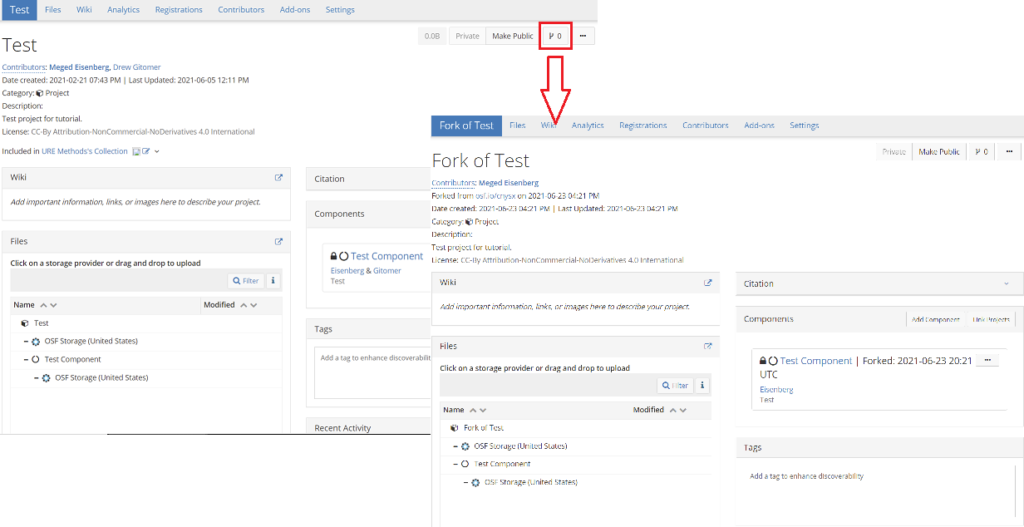
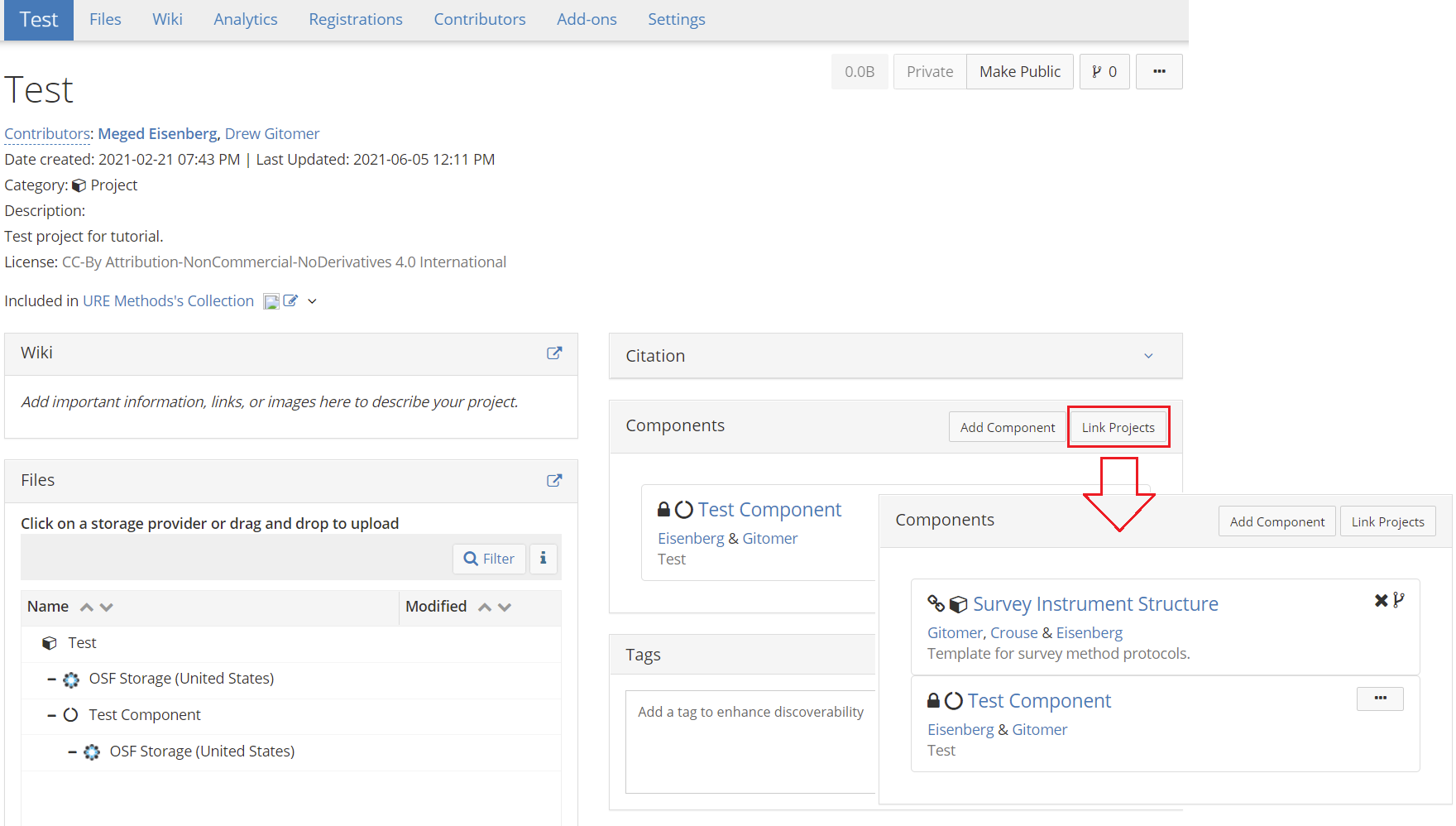
Linking, on the other hand, simply “attaches” the linked project to your own, but does not create a new copy of the project of which you are an owner.
For example, if you want to use a survey developed by other researchers in your own project with no modifications, you can just link the survey project or component to your own protocol. However, if your study involves changing some aspect of the survey (such as the wording of an item, the coding scheme, etc.), you should fork the survey project and develop your protocol in the forked project.
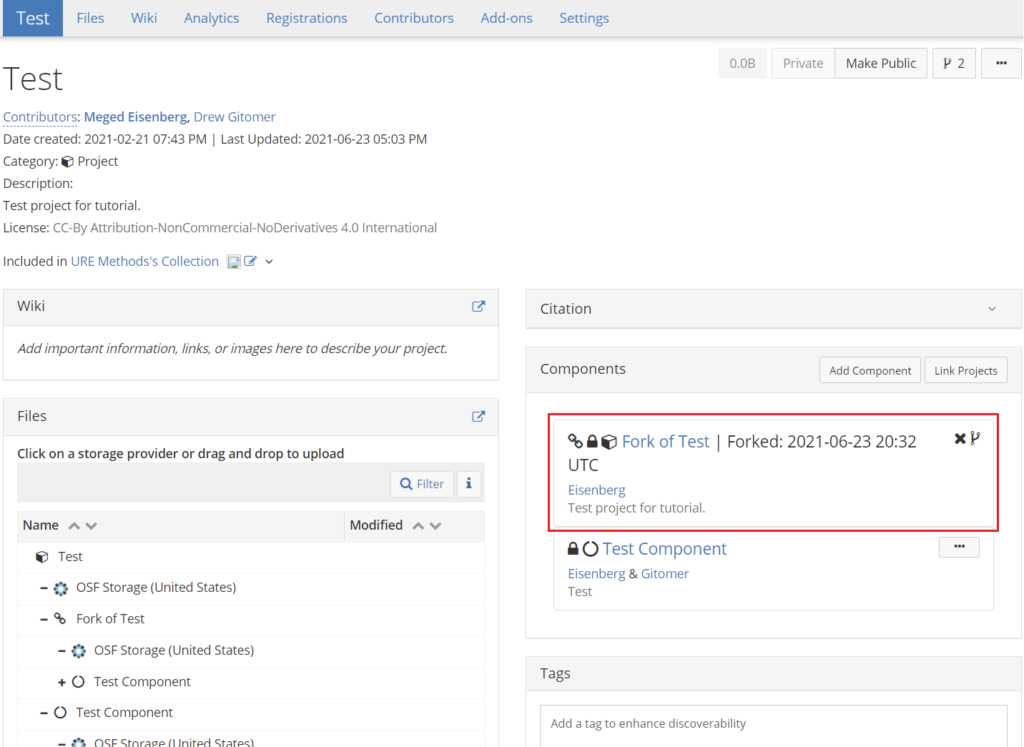
Often, forked methods comprise only a portion of your own research design (e.g., multi-method case studies). In such instances, you can link the forked projects to your larger research protocol.
In most cases, researchers have the ability to freely modify others’ original work in ways that are appropriate for their own research. However, in some instances, the original authors may put more limiting restrictions on their methods – the license associated with any work in the Collection lets you know the conditions of use of other researchers’ work. Details about licensing can be found here.
